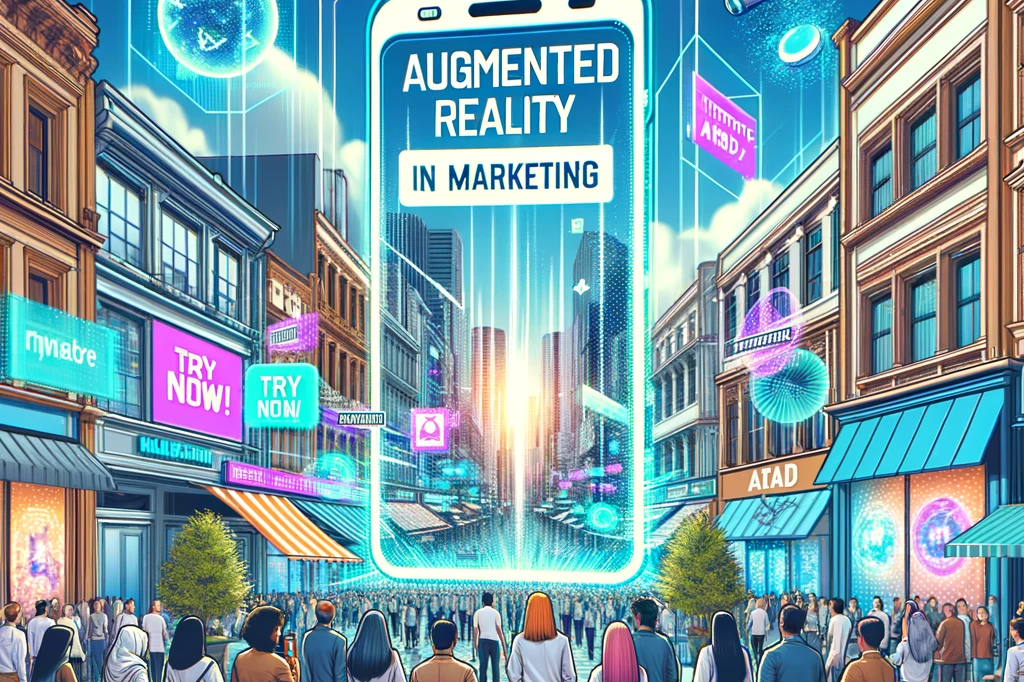Introduction
Augmented Reality (AR) is not just a futuristic concept; it’s a tool that is currently transforming the marketing landscape. By overlaying digital information onto the real world, AR creates immersive experiences that engage customers in a novel and memorable way.
Understanding AR and Its Marketing Potential
AR technology can bring static products to life, allowing customers to visualize items in their own space or even on their person. This not only enhances the shopping experience but also aids in the decision making process, potentially reducing returns and increasing satisfaction.
Successful AR Campaigns
Several brands have leveraged AR to great effect. For instance, a furniture retailer’s app allows customers to place virtual furniture in their homes, while a beauty brand’s AR mirror lets customers try on makeup without physically applying anything.
Integrating AR into Marketing Strategies
Incorporating AR requires a thoughtful approach. It should add value to the customer experience, be accessible, and provide a seamless blend between the digital and physical worlds. Brands must consider their objectives and how AR can meet those while delighting the customer.
Challenges and Future Outlook
While AR is promising, it comes with challenges such as technological barriers and user adoption. However, as technology advances and becomes more widespread, these hurdles are likely to diminish, paving the way for AR to become a staple in marketing.
Conclusion
AR in marketing is not just a gimmick; it’s a powerful tool that can revolutionize customer engagement. As we move forward, AR is expected to become an integral part of the marketing mix, offering customers experiences that are as informative as they are captivating.

